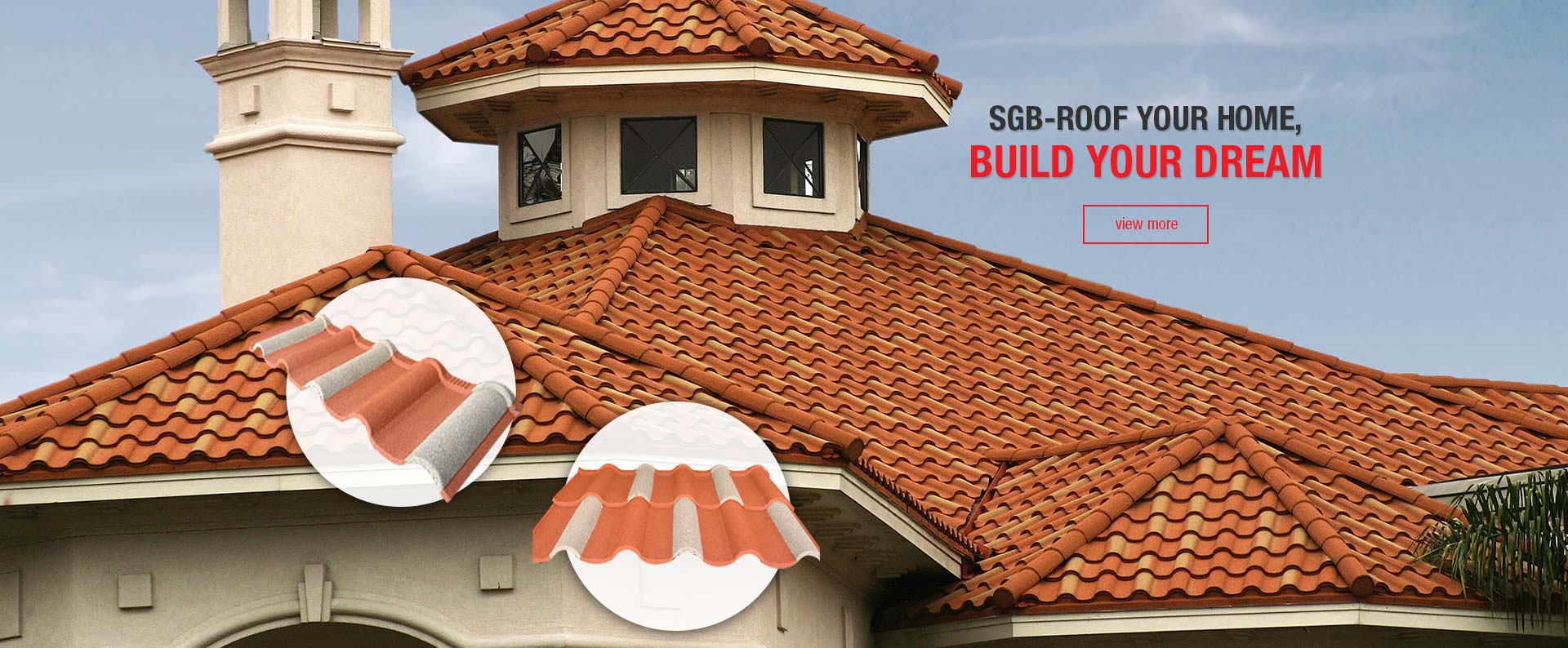
If your area often experiences soaring summer temperatures, it's important to consider choosing the best roofing materials for your home. The roof acts as the first line of defense against the intense heat from the sun before it is transferred to the home. Poor quality roofing materials degrade at high temperatures and can wear out quickly over time, leading to costly repairs in the future. A good roof can resist intense heat and provide much-needed ventilation to keep your home cool. This article discusses the 7 best roofing materials for hot climates.
SLATE
SLATE is considered one of the most durable and high-quality roofing materials on the market. The fact that it is fire-resistant means that it can withstand extreme heat from the sun.
Asphalt shingle. Decorative asphalt tiles on the roof of a brick house. A fence made of corrugated metal.
Unlike other roof systems, SLATE roofs can last a long time because they require minimal maintenance. While SLATE roofs are beautiful and unique, their installation costs are quite high, making them less than ideal for the average homeowner.
Aluminum Roofing
Aluminum is the most lightweight roofing material on the market, but don’t let that fool you. Aluminum roofing is still very durable. The strength to weight ratio is actually higher for aluminum than the other types of metals used for roofing. This means you get the same amount of strength or more without having to use a heavy material that’s harder to work during installation.
Aluminum is the lightest roofing material and weighs as little as 5 lbs per square foot. A lightweight roof is beneficial because it puts less stress on your home structure as opposed to heavier materials.
Clay tile
This type of roofing material can withstand centuries of heat. They are usually molded in the shape of an "S "or half barrel, forming interlocking arches on the roof. The curved shape of the tiles allows air to flow well below the surface, which helps keep the interior cool. The only disadvantage of terracotta tiles is that they are bulky and expensive. Before installing terracotta tiles, your roof trim will need to be reinforced to prevent it from being pressed in.
Photovoltaic (PV) roofs
Photovoltaic roof tiles capture solar energy and convert it into electricity. They come in different shapes and sizes and don't offer the same aesthetic sacrifices as larger traditional roof panels. The energy saving technology of photovoltaic roofs makes them ideal for hot climates because the stored electricity can be used to power other equipment or appliances in the home. However, start-up investment for solar products and installations is usually high, and solar sustainability will depend on the number of days of sunshine per person.
Concrete and floor slab
Concrete has the thermal properties of terra-cotta, but its lower price makes it a good choice for homes in hot climates. It takes longer to transfer the sun's heat into your home. Large slabs of concrete can be heavy, but are still a good solution for roofs in hot climates. They come in many shapes and are often dyed to provide a hint of color. Other concrete tiles were molded into a wavy shape to improve air flow between the decorative panels and the roof surface. This helps reduce heat transfer and cooling costs.
A membrane roof resembling rubber
These types of roofs are made of a synthetic rubber called ethylene-propene-diene monomer (EPDM). EPDM is a tough, weather-resistant thermoplastic praised for its long wear and cooling techniques. Thermoplastic coverings also resist extreme heat and are available with white-cool reflective coating options. Unlike thermosetting, they are more malleable and can be reset by heating to give the roof more slopes.
Green or living roof
In addition to their appeal, green roofs have a practical value because they reduce heat absorption and loss. This type of roof consists of plants suspended on a waterproof membrane. These properties make green roofs ideal in both hot and cold climates. They are an important asset in densely populated areas because they bring oxygen back into the environment. While it's not the most popular roofing material, green roofs are eco-friendly and easy to build and maintain.
Each type of roof has its pros and cons, but you can always weigh the options and find what works best for you. When installing the roof, it is also important to select the right contractor to avoid unnecessary repairs in the future. All of the above roofing materials can save you significant cooling costs because they do a great job of keeping your home cool, calm, and calm.
Previous: Basalt fiber and its application
Copyright:@2020-2021
Comments Please sign in or sign up to post.
0
0 of 500 characters used